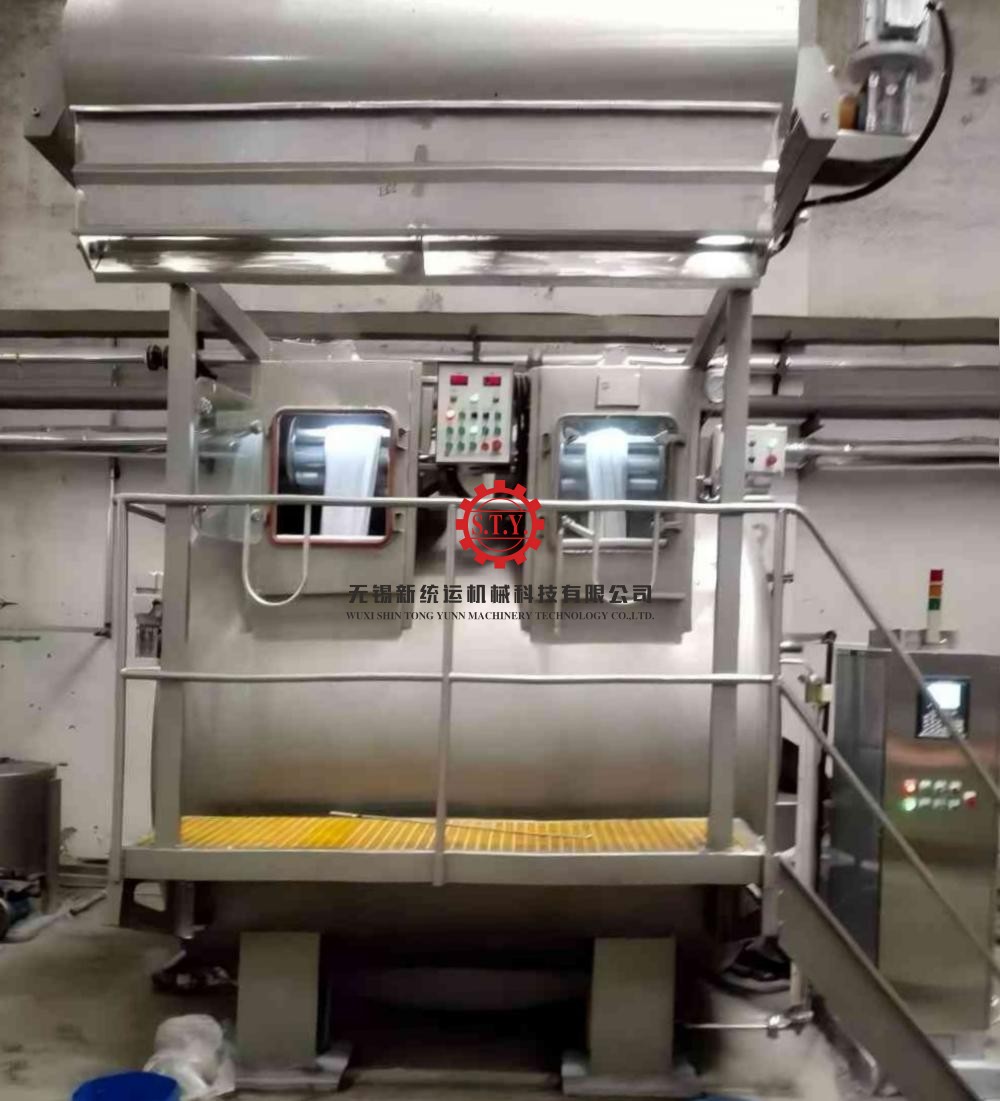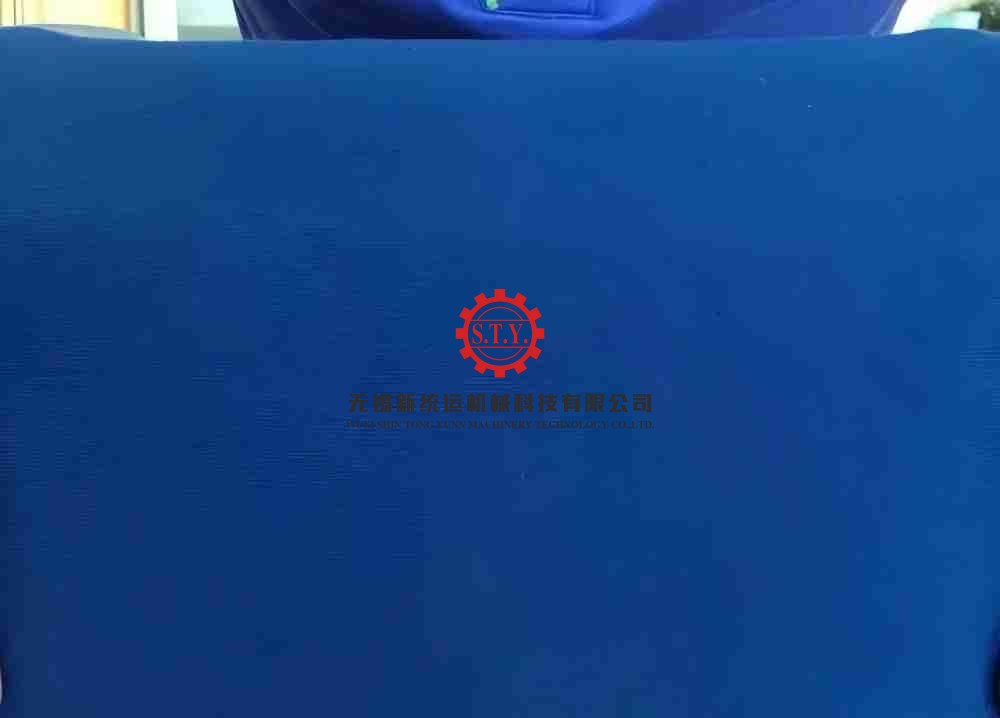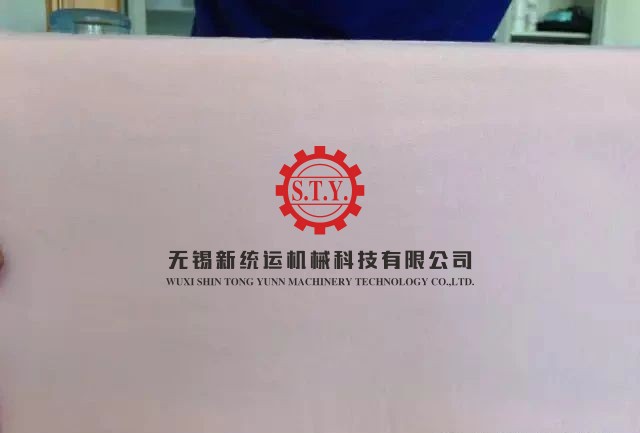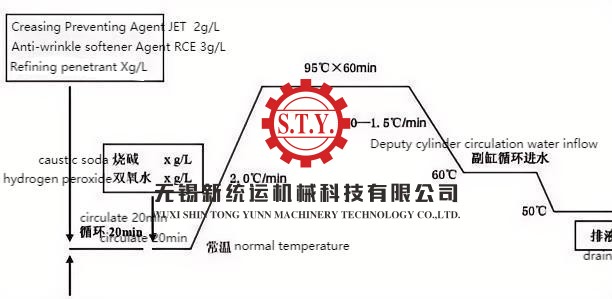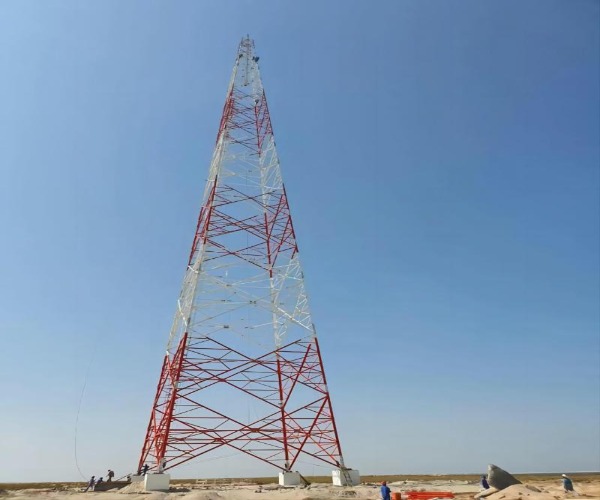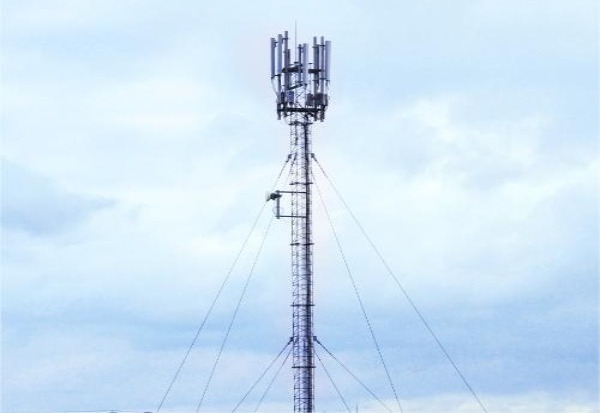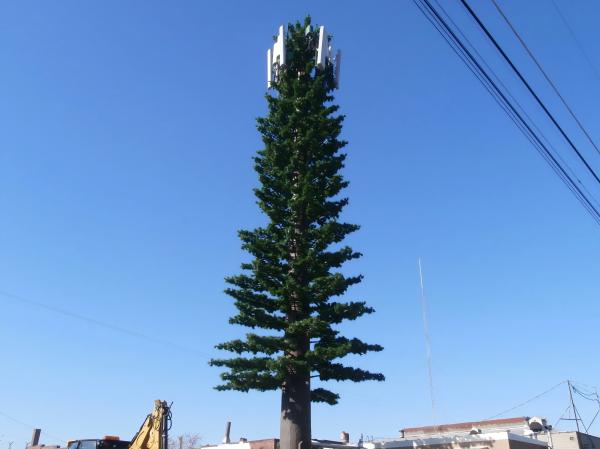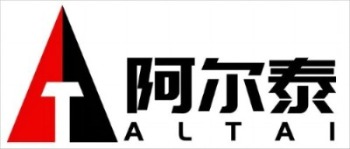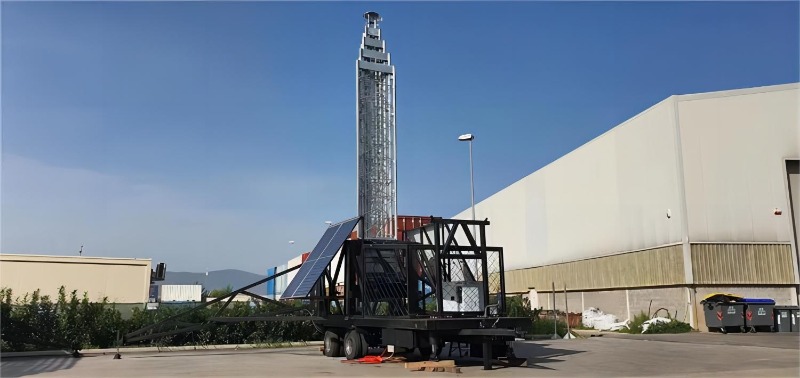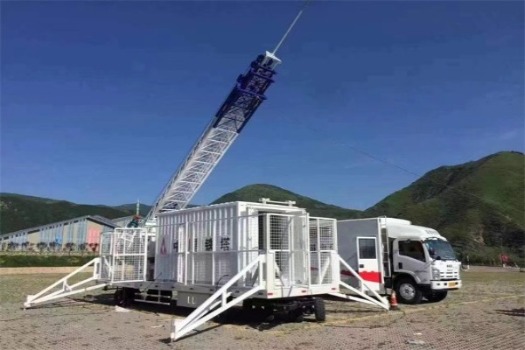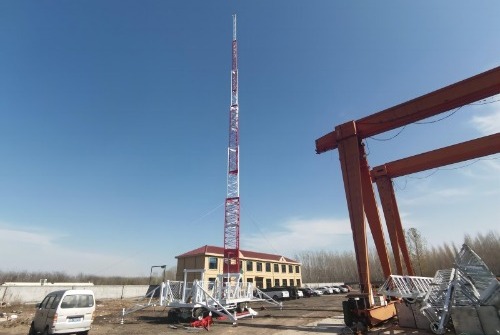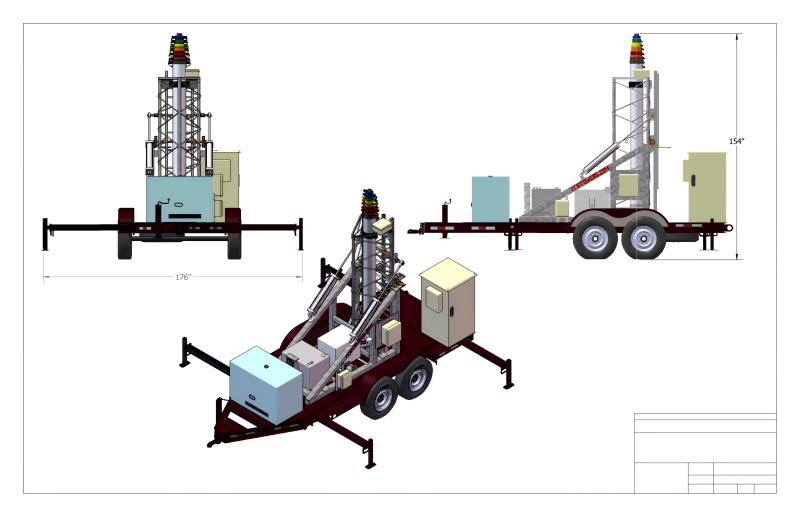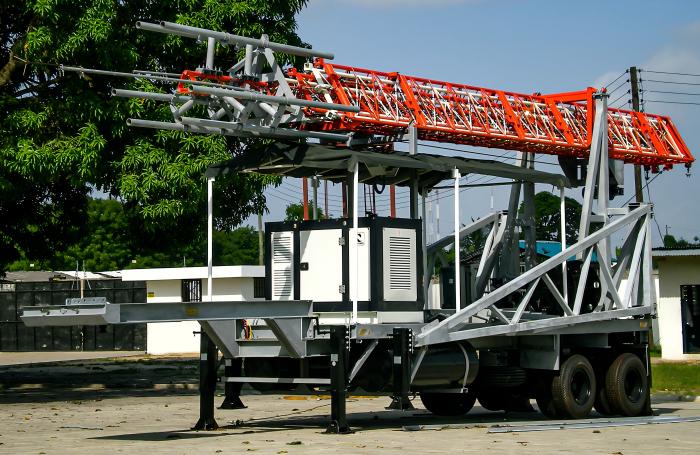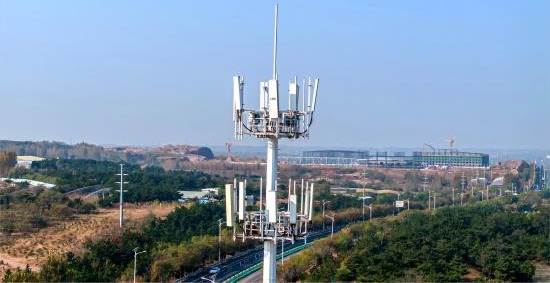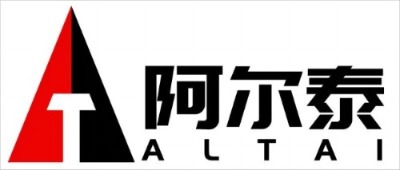bag making machine helps green packaging
Under the current global trend of sustainable development, green packaging has become the focus of attention in various industries. In the field of packaging, how to meet the needs of efficient production while achieving environmental protection goals is a topic that many companies urgently need to solve. As a leading manufacturer of intelligent packaging equipment, the AD STAR bag making machine launched by GACHN Group provides an innovative solution to this problem. This article will discuss in detail how the AD STAR bag making machine can find a perfect balance between high efficiency and environmental protection, and help companies achieve green transformation.
What is an AD STAR bag making machine?
The AD STAR bag making machine is an advanced equipment specially designed for the production of square bottom valve bags. Such bags are widely used in the packaging of cement, chemicals, food and other powdered or granular products. The AD STAR bag making machine adopts a modular design and can be flexibly adjusted according to customer needs to produce bags of various specifications and materials.
The uniqueness of the AD STAR bag lies in its innovative production process and materials. By replacing traditional glue bonding with heat sealing technology, this bag is not only environmentally friendly, but also has the characteristics of high strength, moisture resistance and low carbon emissions.
How does the AD STAR bag making machine achieve efficient production?
1. Automation and intelligence
AD STAR bag making machine integrates highly automated and intelligent technologies. Its advanced control system can achieve precise bag cutting, folding and heat sealing, greatly improving production efficiency. Compared with traditional bag making methods, the production speed has increased by more than 30%, and more than 150 bags can be produced per hour to meet the needs of large-volume orders.
2. Modular design
The modular design makes the adjustment and maintenance of the equipment simpler and more flexible. Whether it is changing the mold or optimizing the production process, the operator can complete it quickly to minimize downtime.
3. Low energy consumption and high output
AD STAR bag making machine has low energy consumption during the production process, and the application of heat sealing technology further reduces energy waste. In addition, the optimized transmission system and intelligent monitoring function ensure that the equipment maintains low energy consumption while operating efficiently.
Unique advantages of green environmental protection
1. Zero use of glue: Reduce chemical pollution
AD STAR bag heat sealing technology completely replaces traditional glue bonding, which not only eliminates the emission of harmful chemicals, but also reduces environmental pollution in the production process. This technology is particularly suitable for industries that need to comply with environmental regulations, such as food and pharmaceutical packaging.
2. Recyclability and sustainability
AD STAR bags are made of polypropylene and are 100% recyclable. Used bags can be reused in production through simple recycling, which effectively reduces waste.
3. Lightweight design: Reduce carbon footprint
Compared with traditional paper bags or composite bags, AD STAR bags are lighter, and the fuel consumed and carbon dioxide emitted during transportation are significantly reduced. Taking every 10,000 bags as an example, the use of AD STAR bags can reduce carbon emissions by about 20%.
4. High durability: Extend product life
The high strength and durability of AD STAR bags reduce the possibility of product damage and waste, thereby reducing packaging waste. This not only reduces production costs, but also achieves efficient use of resources.
Actual application case: Helping enterprises transform green
1. Cement industry
After introducing the AD STAR bag making machine, a well-known cement company in china replaced traditional paper bags with recyclable AD STAR bags. The results showed that its packaging waste was reduced by 35%, while the product transportation damage rate decreased by 50%, significantly reducing the overall cost.
2. Food industry
A food processing company in china uses AD STAR bags to replace traditional packaging materials, which not only meets the industry's hygiene standards, but also improves transportation efficiency by optimizing logistics. According to statistics, the company saves up to $100,000 in transportation costs each year by reducing packaging weight.
Summary
The advent of the AD STAR bag making machine not only meets the packaging industry's demand for efficient production, but also leads the trend of green packaging with its environmentally friendly characteristics. Its excellent performance in production efficiency, material sustainability and resource conservation makes it an ideal choice for many industries in green transformation.
In the future, as the concept of sustainable development continues to deepen, equipment like the AD STAR bag making machine that combines high efficiency and environmental protection will become an important driving force in the packaging industry. Gachn Group will also continue to promote technological innovation, provide green and intelligent packaging solutions for more companies, and contribute to the future of the earth together.




